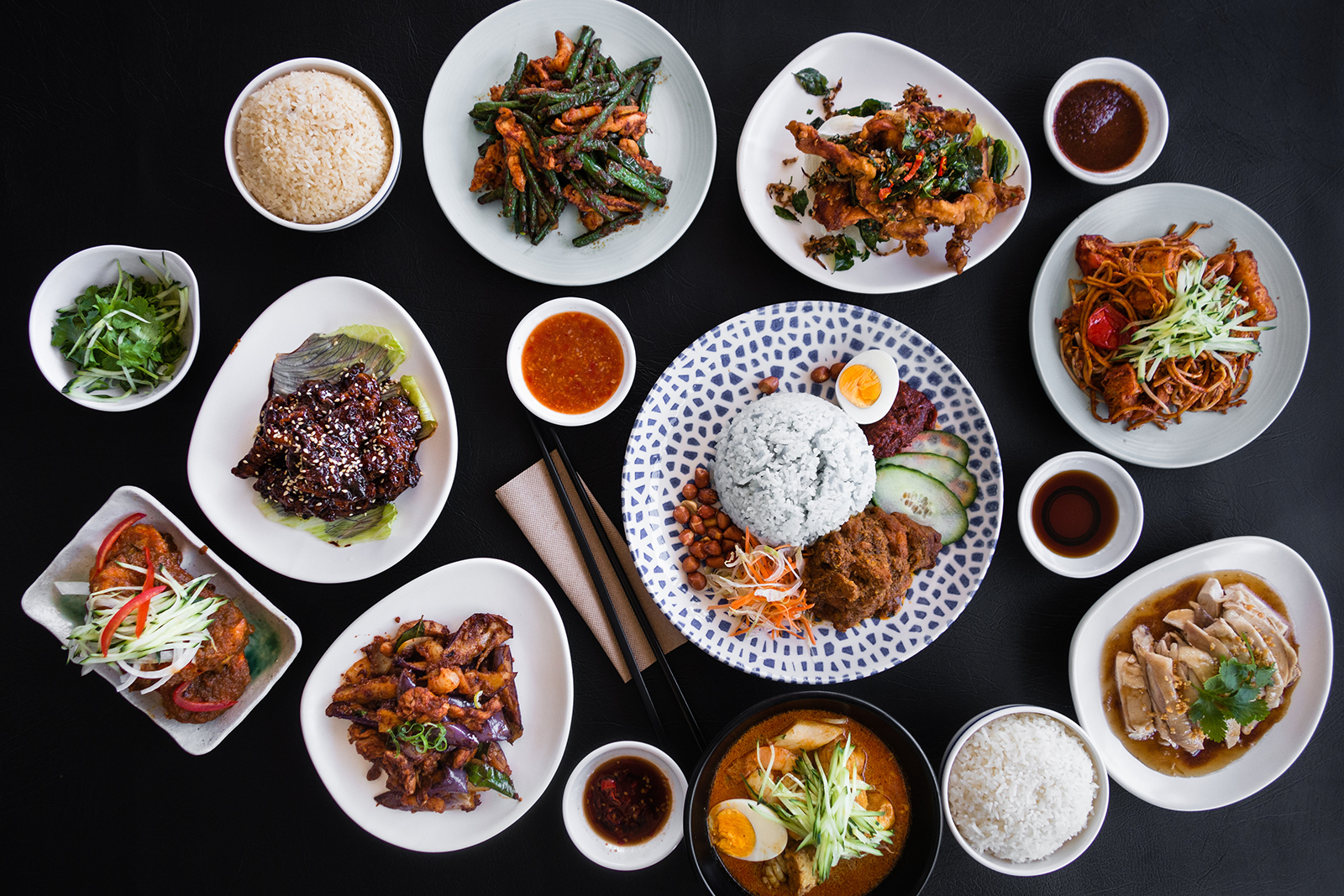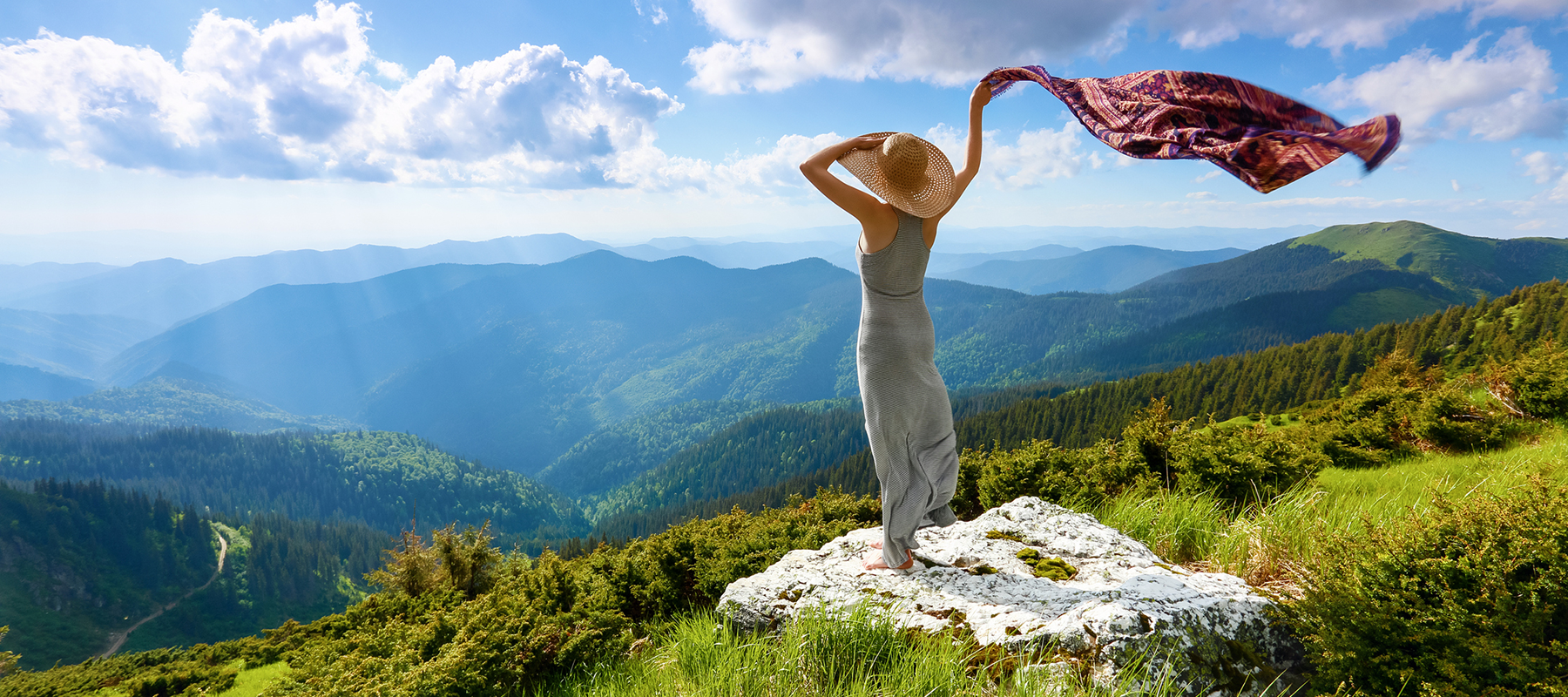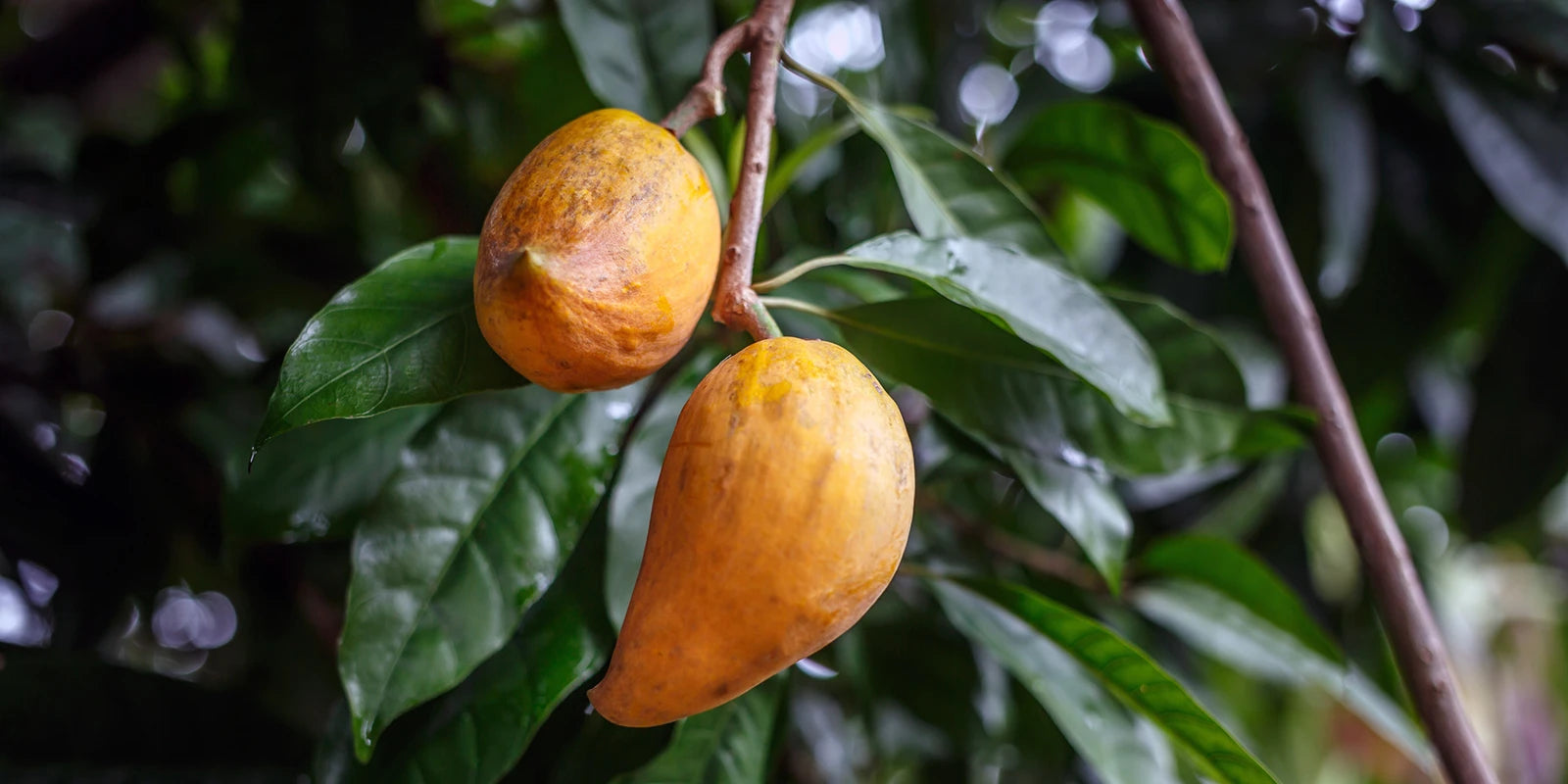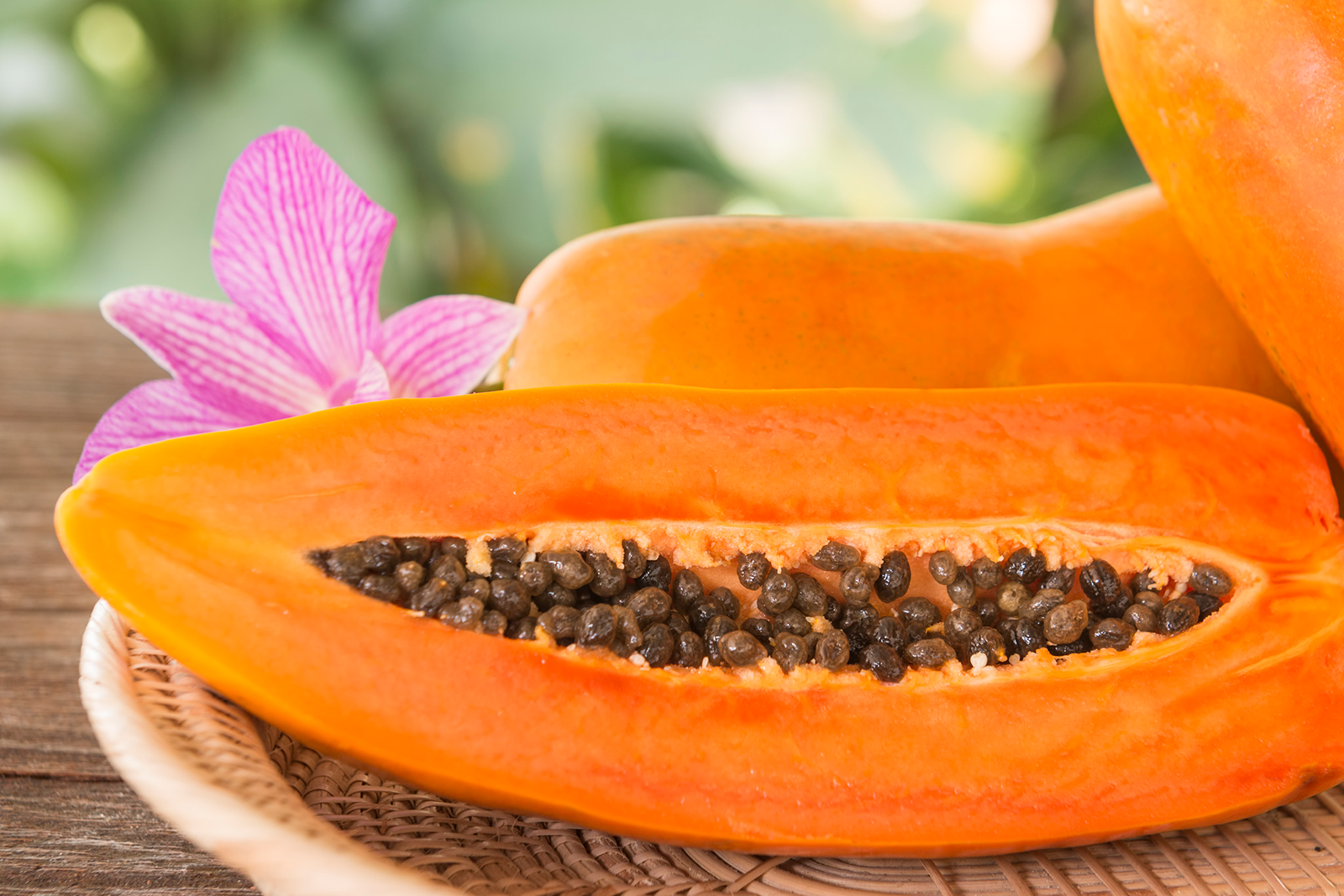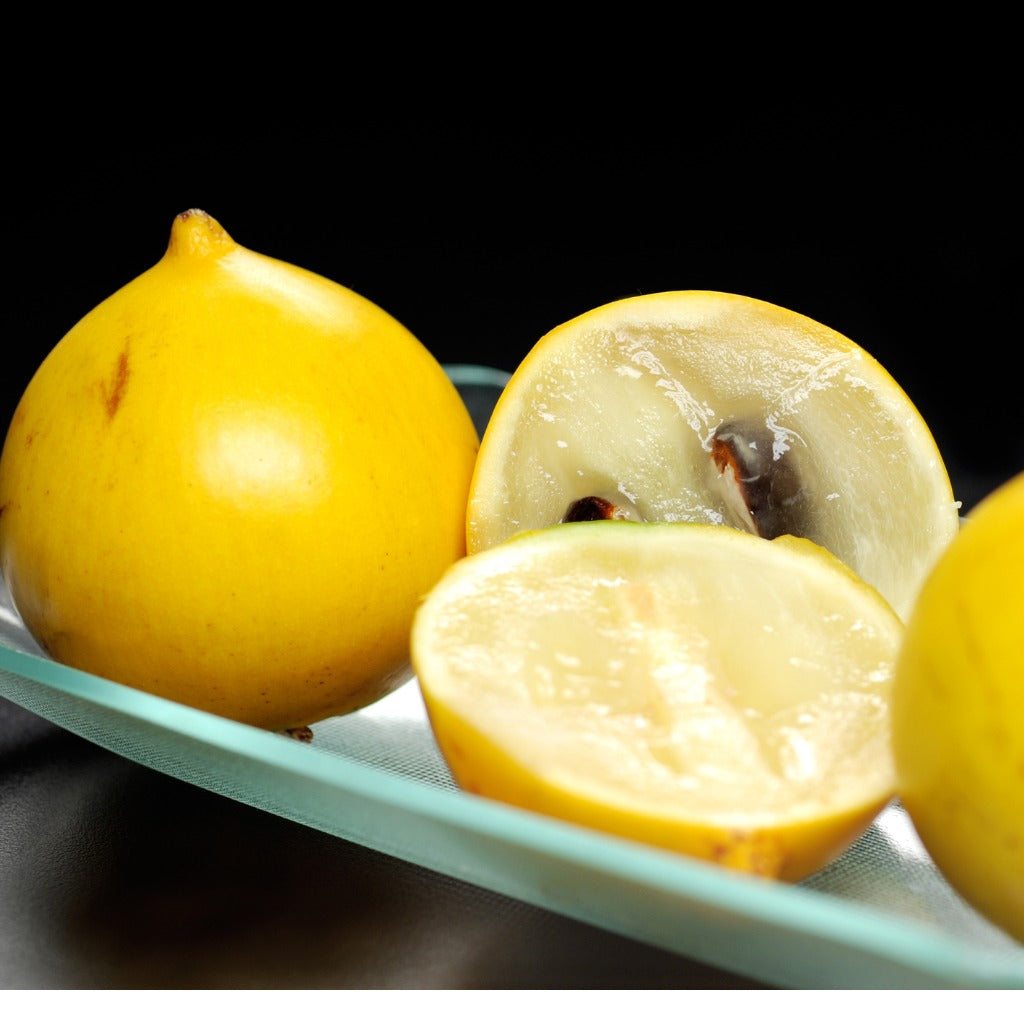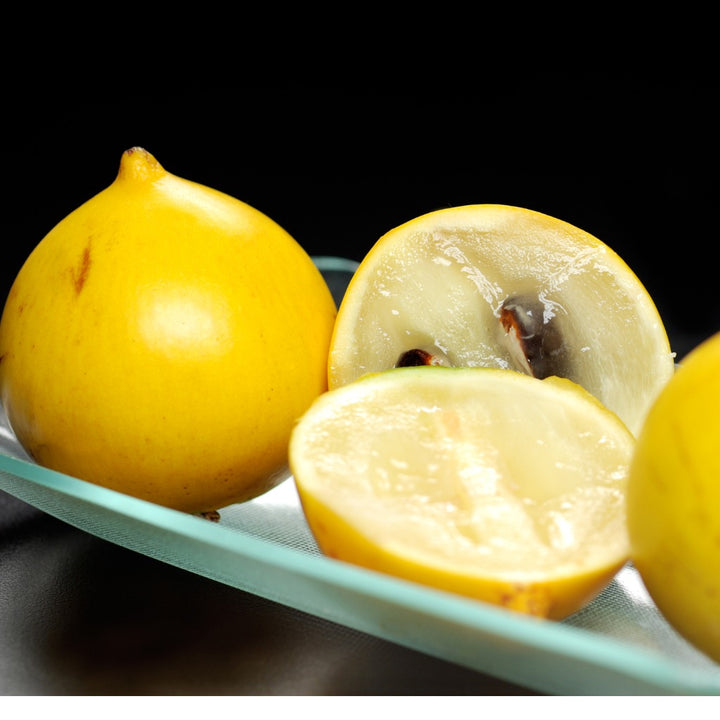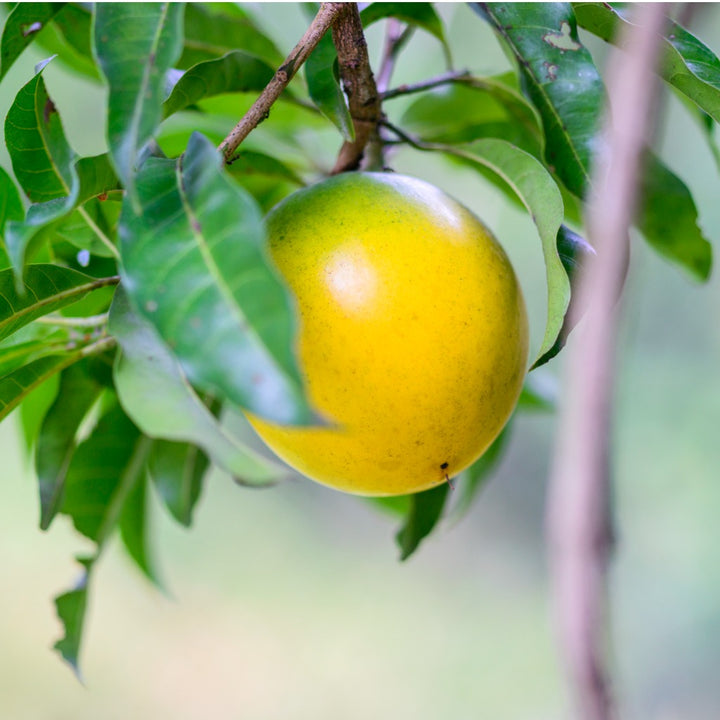Abiu Plant
Abiu (Pouteria Caimito)
Abiu is definitely one of those fruit that will wow you at the very first time. Abiu is usually eaten fresh. You just cut the fruit in half lengthwise and use a spoon to scoop out the soft flesh inside. A ripe Abiu has a unique taste. The creamy white flesh is extremely delicate, lightly sweet, with a strong hint of caramel and vanilla. Some people describe the flavour as similar to a crème caramel flan!
Our Abiu variety is originally from Taiwan and self fertile. The seeds we got is from our own mother plants in Malaysia that fruit just after 3 years from seeds. The fruit is extraordinary large, juicy and jelly like and very sweet.
The fruit is Ovoid to round, 1 ½–4 inches (3.8–10.2 cm) in diameter, 10 –25 oz (283–708 g), commonly with a short nipple at the apex. The peel is smooth, tough, and pale to bright yellow when ripe. The pulp is white, translucent, jelly-like, strong flavoured, and sweet. There are 1–5 brown seeds. Fruit take 100–130 days from flowering.
Abiu grows best in hot, humid, tropical climates with well distributed rainfall. Trees may grow well in warm, humid, subtropical areas if protected from constant winds and freezing temperatures. Optimum growth temperatures are from 20–35°C. Abiu trees are sensitive to cool, non-freezing temperatures and windy conditions, and should be planted only in warm, wind-protected areas. Young trees may be killed at temperatures below 0’C and mature trees at -0.5– -1.6°C. They are happily growing in a large pot.
In ideal conditions and the right climate Abiu will fruit after 3 years from seed. In NZ, it might take 5-7 years to fruit.
Plant Care
- Soil: Abiu trees thrive in well-drained, fertile soil that is rich in organic matter. They prefer a slightly acidic to neutral pH but are quite adaptable to different soil types as long as they are well-draining
- Watering: Abiu trees require consistent moisture, especially during their active growth and fruiting periods. Water regularly to keep the soil evenly moist but not soggy. Proper drainage is crucial to prevent root rot.
- Temperature: Abiu thrives in a warm, tropical climate and is best suited for temperatures between 22°C and 30°C. It is sensitive to frost and needs protection in cooler climates.
- Light: Full sun is ideal for Abiu trees as it promotes vigorous growth and optimal fruit production. They can tolerate partial shade but may produce less fruit.
- Fertilising: Feed the Abiu tree with a balanced NPK fertilizer every three months during the growing season to support its growth and fruiting. Additionally, supplementing with organic matter such as compost can improve soil fertility and structure.
- Pruning: Pruning is necessary to maintain tree shape and remove any diseased or damaged branches. It also helps to enhance air circulation and light penetration within the canopy, which is vital for the health of the tree and the quality of the fruit.
- Mulching: Apply a layer of organic mulch around the base of the tree to help retain soil moisture, suppress weeds, and keep the root system cool. Avoid piling mulch directly against the trunk to prevent moisture buildup that could cause trunk rot.
- Pest Control: Monitor for pests such as aphids, mealybugs, and scale insects. Use appropriate organic or chemical treatments as necessary to manage these pests.
- Flowering and Fruiting: Abiu trees produce yellowish-green flowers that are followed by round, typically bright yellow fruits with a sweet, custard-like flavor. The skin of the fruit is smooth and the flesh is translucent. Fruit typically matures 3 to 5 months after flowering.
- Potting: While Abiu can be grown in a large container, it performs best when planted in the ground. If potting is necessary, choose a large container with excellent drainage and repot every few years to refresh the soil.
- Feeding Regime: During the fruiting season, applying a potassium-rich fertilizer can enhance fruit size and sweetness. Ensure that the tree is not over-fertilized as this can lead to excessive foliage growth at the expense of fruit production.
We ship our plants and garden supplies throughout New Zealand. Due to the increased costs of shipping and packaging, we now apply a delivery charge. After offering free shipping for three consecutive years, we find it necessary to adjust this policy to align with current market conditions. However, we have lowered our prices to help offset this change.
Please note, we do not ship plants or garden supplies internationally from New Zealand. We do export plants and tissue culture materials from our overseas nursery, which requires a minimum order. Please contact us at hello@exoticanz.com to discuss your specific requirements.
Shipping (plants) from:
North Island Urban $25
North Island Rural $35
South Island Urban $25
South Island Rural $35
Shipping Garden Supplies:
North Island Urban $20
North Island Rural $25
South Island Urban $35
South Island Rural $45
Delivery
- Our plants are available for shipment from September to April, depending on stock levels. Typical delivery times range from 5 to 7 business days, although they can take up to 10 business days depending on the destination.
- We take extra care in packaging; most of our plants are secured in bespoke inserts and shipped in individual boxes to ensure they arrive undamaged.
- Deliveries are scheduled once a fortnight, typically on Monday. If you place your order over the weekend, we aim to dispatch your plants on the following Monday. This scheduling allows our team to prepare your order thoroughly and ensures the courier has sufficient time to deliver your plants safely, avoiding any unnecessary delays over the weekend.
- All orders are shipped via courier track and trace service (not signature required)
- We cannot deliver to PO Box addresses.
- If you have a rural address, please contact us beforehand to discuss the best delivery options and avoid any potential issues.
Additional Delivery Information
- Most plants are shipped with soil. During the cooler months, we closely monitor weather conditions and may temporarily delay shipments if the weather is particularly severe. Our packing process includes adding insulation when necessary to protect the plants against temperature extremes.
- In summer, we ensure that plants are thoroughly watered before they leave our nursery. Occasionally, we may need to ship plants bare-rooted, particularly when they cannot be comfortably re-potted into smaller packaging for shipping. We will always discuss this with you in advance if your plant needs to be shipped in this manner.
- It's important to note that shipping can be a stressful experience for plants, often due to spending several days in a dark, confined space. While most plants withstand this with little to no stress, some may experience leaf drop. However, they generally recover quickly with some additional care, including proper watering and gradual reintroduction to light after arrival.



